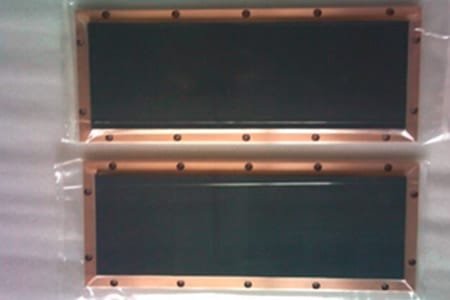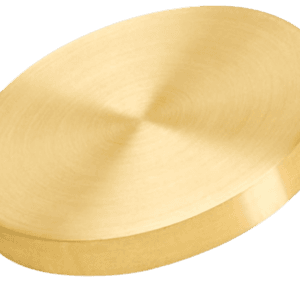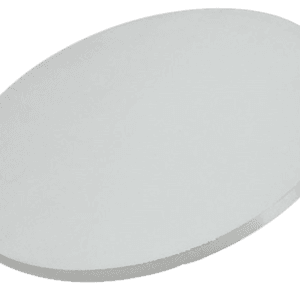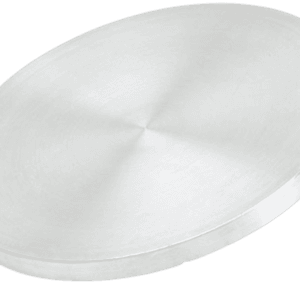| Material Type | Lanthanum Strontium Manganate |
| Symbol | La(1-x)SrxMnO3, LSMO |
| Color/Appearance | Various colors, Solid |
| Melting Point (°C) | N/A |
| Relative Density (g/cc) | 6.5 |
| Z Ratio | N/A |
| Sputter | RF, RF-R, DC |
| Max Power Density* (Watts/Square Inch) | N/A |
| Type of Bond | Indium, Elastomer |
More Information on Lanthanum Strontium Manganate Sputtering Targets
Applications
Lanthanum Strontium Manganate (LSMO) sputtering targets are designed for a wide range of cutting-edge applications, including:
- Ferroelectric Materials
- Gate Dielectrics
- CMOS Devices
Features
- High Purity: Manufactured with 99.9% purity to deliver consistent, high-performance thin films.
- Custom Sizes Available: Targets can be tailored to meet your specific requirements, providing flexibility for diverse applications.
Manufacturing Process
- Cold Pressing & Sintering: LSMO sputtering targets are made using cold pressing and sintering techniques for optimal material integrity and performance.
- Elastomer Bonding: Elastomer bonding to the backing plate ensures excellent stability during sputtering.
- Cleaning & Final Packaging: Targets are carefully cleaned for vacuum use and packaged to prevent contamination during transport.
Options Available
- Purity: 99.9% minimum purity, ensuring high-quality sputtering results.
- Smaller Sizes for R&D: Custom sizes are available, especially for research and development applications.
- Sputtering Target Bonding Service: Bonding services are offered to further enhance target performance.
For further information or specific inquiries, feel free to reach out to us.


 MSDS File
MSDS File



Reviews
There are no reviews yet.